Allergies In Fort Worth: Everything To Know
↓ Continue Reading To See This Amazing Video
Widely regarded as one of the worst areas in the country for those who suffer from seasonal allergies, many of those who deal with plant allergies in Fort Worth, TX, report doing so in the area all year long.
If you suffer from seasonal allergies and are thinking of moving to, visiting, or just passing through the Fort Worth area, you will want to be familiar with the most common airborne plant allergens. Knowing which plant species are in the area and how to help ease your allergy symptoms can help make your time in Fort Worth more pleasant.
If you suffer from seasonal allergies and are thinking of moving to, visiting, or just passing through the Fort Worth area, you will want to be familiar with the most common airborne plant allergens.
©olgagorovenko/Shutterstock.com
What Are the Most Common Plant Allergies in Forth Worth?
Unfortunately for those with seasonal allergies, North Texas has a large number of allergen-producing trees, grasses, and other herbaceous plants. Below are six of the most common allergen-producing plants in the Fort Worth area:
- Ash trees
- Elm trees
- Bermuda grass
- Johnsongrass
- Ragweed
- Mountain cedar
Further below, we’ll cover these plants in greater detail and identify the time of year in which they begin their pollen dispersal.
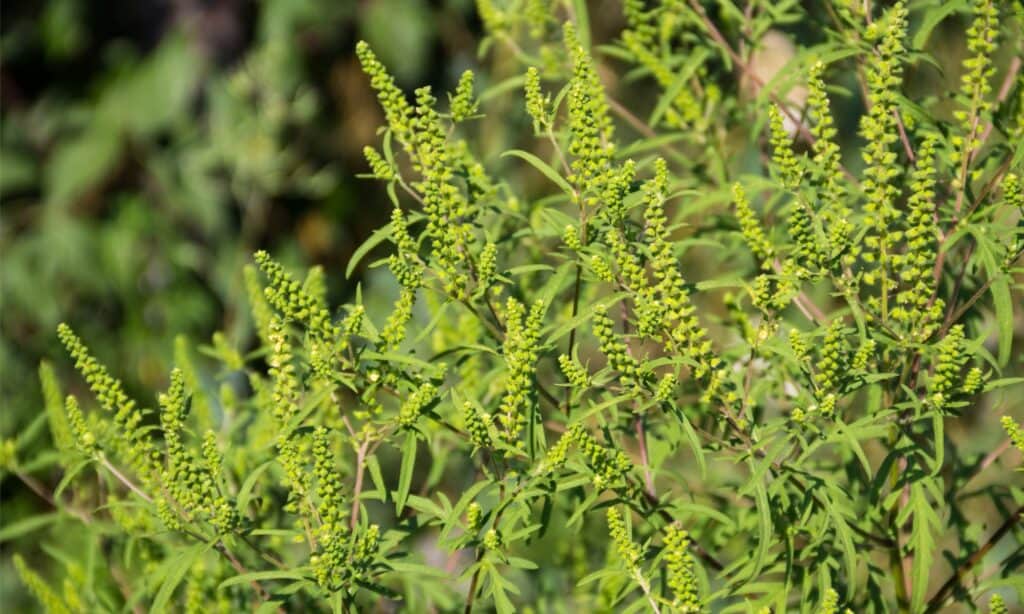
©iStock.com/OlyaSolodenko
How Do These Plants Produce Allergens?
Having identified some of the types of plants that can cause seasonal allergies, it’s important to understand the mechanisms by which they cause an allergic reaction. Pollen, a carrier of genetic information in the plants’ reproductive process, is picked up and carried around by the wind and is deposited onto our clothing, hair, and furniture, eventually making its way into our airways and sinus passages. At this point, for allergy sufferers, the body’s immune system identifies the particles as a potential threat and triggers an immune response in an attempt to eliminate the perceived hazard. Unfortunately, this defensive response is what causes the typical runny nose, watery eyes, and itchy throat that we associate with allergy symptoms.

©ViDl Studio/Shutterstock.com
Allergy Season in Fort Worth: a Year-Round Occurrence
The air in Fort Worth is filled with plant pollens throughout every month of the year. In the spring, trees like ash tend to be the dominant pollen producers while grasses take over in the summer. The infamous ragweed season begins in late summer and continues through the fall, finally giving way to winter’s pollen powerhouse, the mountain cedar. Below, we’ll go into greater detail about each plant.
Ash Trees (Fraxinus sp.)
Fort Worth is home to three native ash species: the Texas ash, white ash, and green ash. These trees, according to the Texas Trees Foundation, make up approximately 13.1% of all tree species in the surrounding area. All of these millions of trees are dioecious, meaning that individual members of the species are only either male or female, and that only about half of the population is able to bear seed. Being sexually distinct in this case means that they are unable to self-fertilize and so must disperse large amounts of pollen to ensure that it reaches other members of the species, and thus ensure successful reproduction. This, of course, also ensures that plenty of ash pollen reaches your airways.
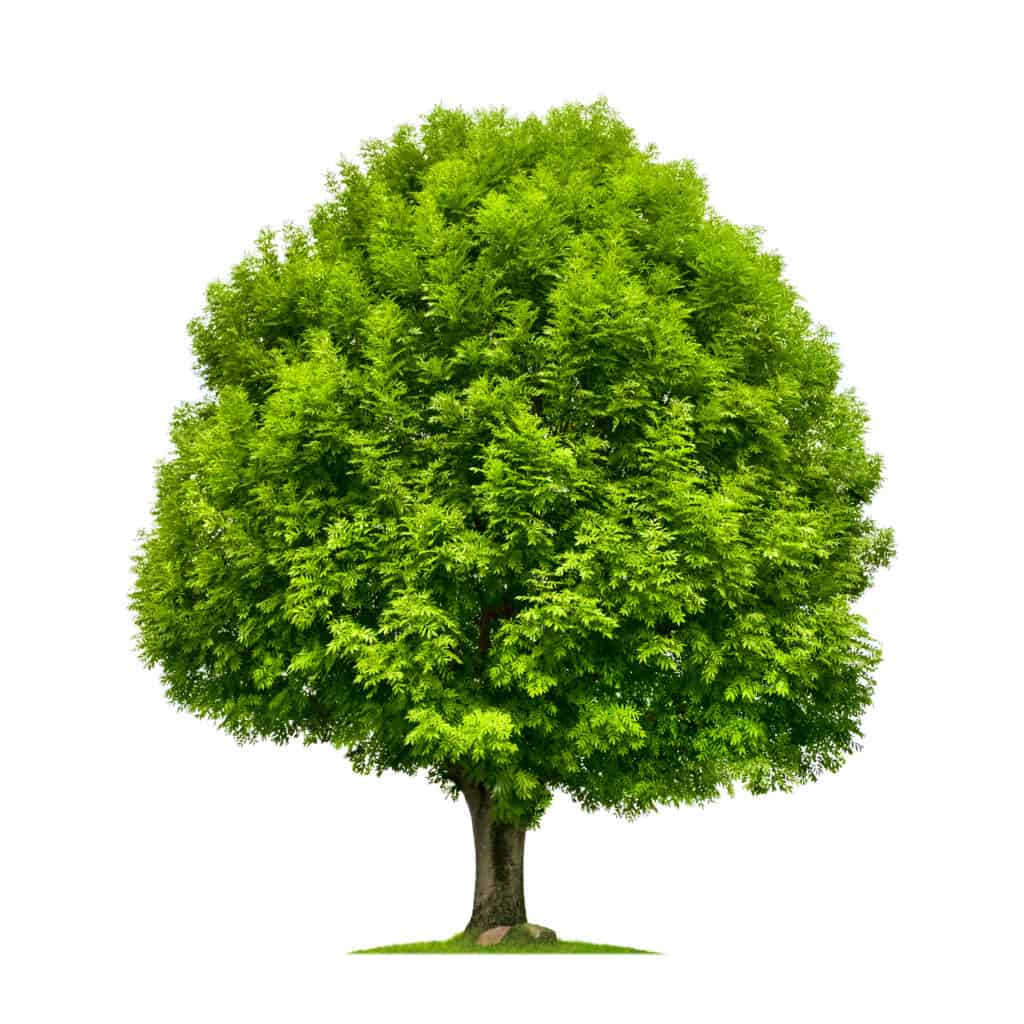
©Smileus/Shutterstock.com
Elm trees (Ulmus crassifolia)
One of four elm trees native to the area, the cedar elm also contributes to Fort Worth’s high tree pollen count during the late summer. Not only does this adaptable tree have a particularly wide native range throughout the state, but it is also commonly planted in urban and suburban environments as a shade tree. Although its summer blooms are green and inconspicuous, its leaves turn golden-yellow in autumn, making the cedar elm a recognizable part of the landscape. More than just an allergen producer, the cedar elm is also host to the caterpillars of beautiful butterfly species such as the question mark butterfly and the mourning cloak butterfly.
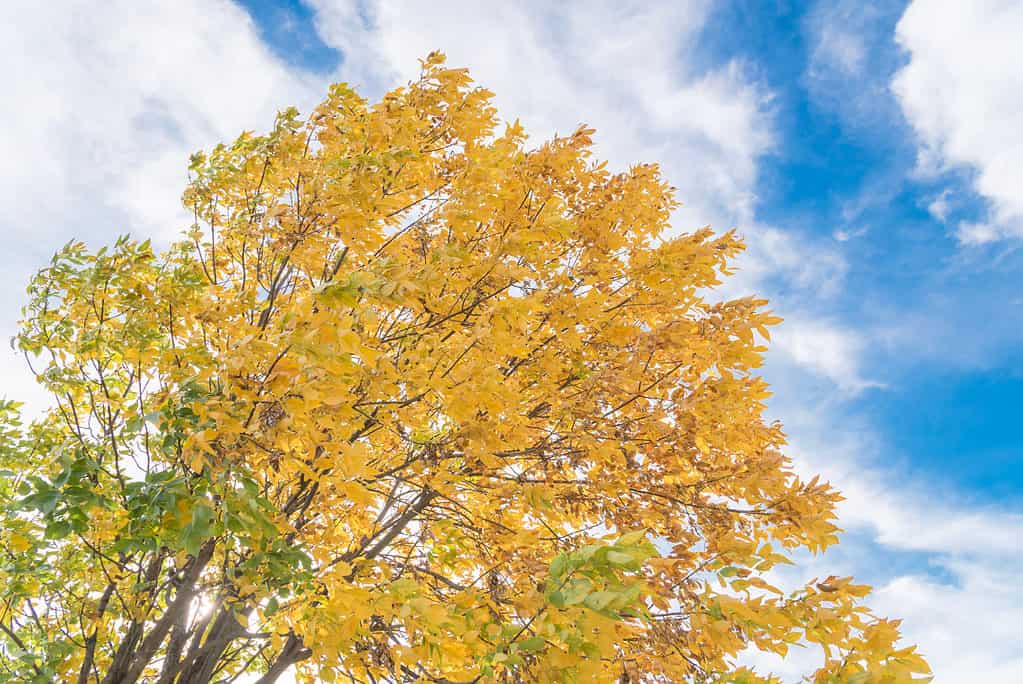
©Trong Nguyen/Shutterstock.com
Bermuda Grass (Cynodon dactylon)
Also known as crabgrass, Bermuda grass is the most abundant, although non-native, grass in North Texas. Originally introduced to North America as a pasture grass, it now grows readily throughout the southern states, coast to coast, from pastures to forest understories. It is noted as being severely allergenic and exposure of sensitive individuals to its pollen can cause hay fever and skin rashes, as well as trigger asthma symptoms.
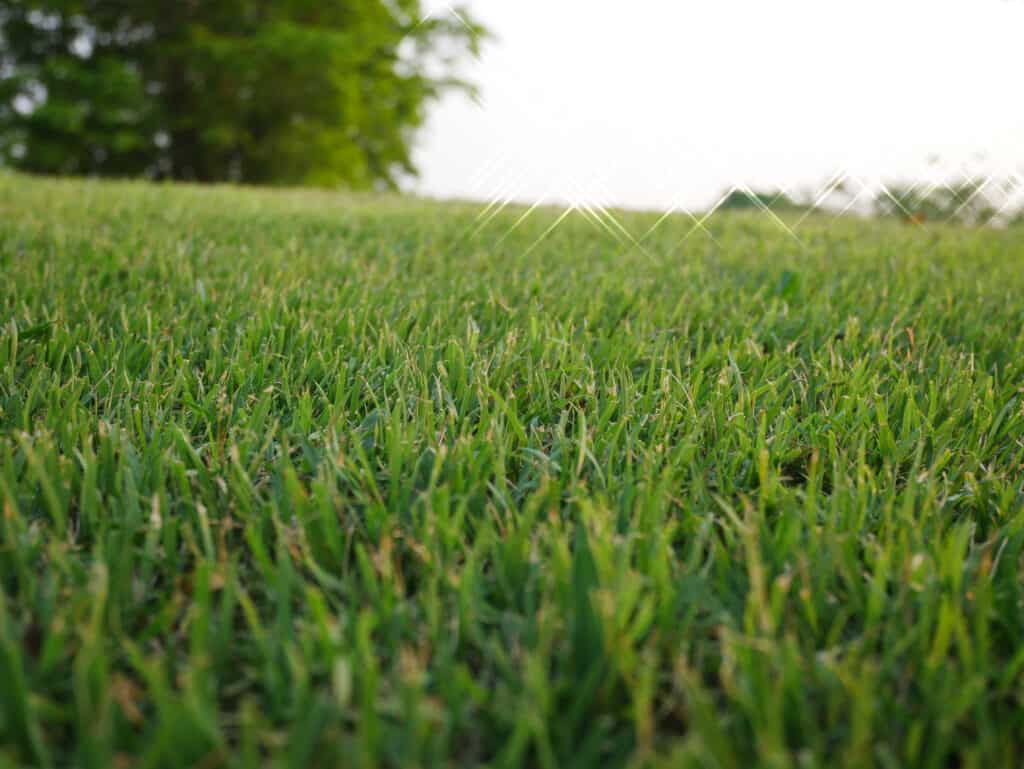
©Joyjiraporn/Shutterstock.com
Johnsongrass (Sorghum halepense)
Johnsongrass, another widespread non-native grass, also represents a large portion of the allergenic grass pollens released into the air in the late spring and summer. Considered a highly noxious weed, Johnsongrass spreads rapidly via both seed dispersal and rhizomatic growth, and single plants have been recorded as having root zones spanning up to 200 feet. In fact, Johnsongrass is so aggressive that it was the first target of a federal weed control initiative that began in 1900.
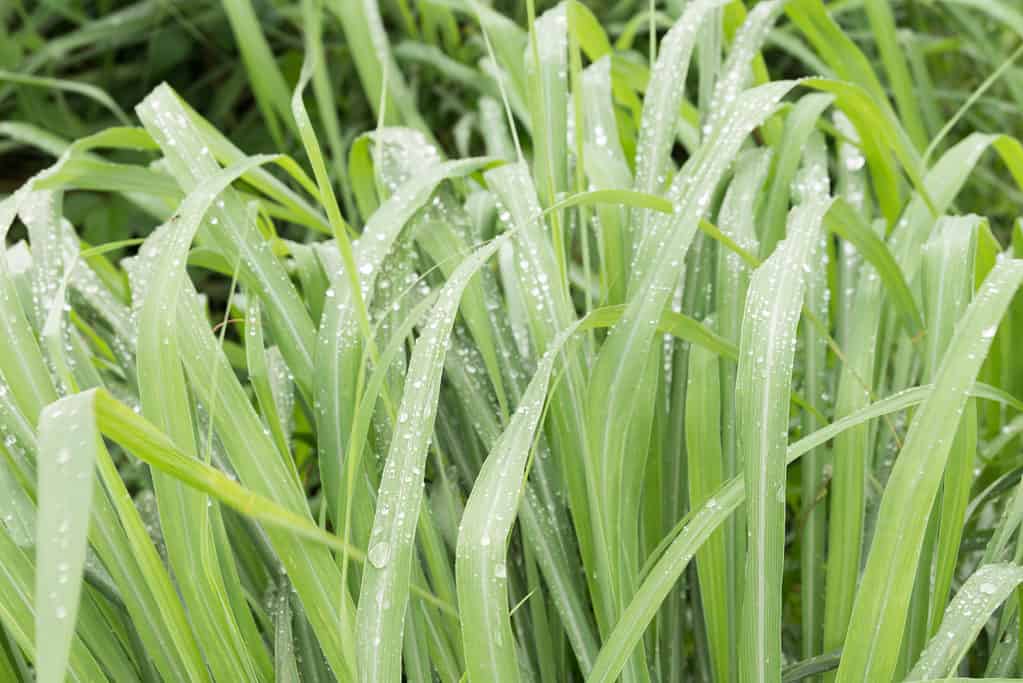
©Mamamstock/Shutterstock.com
Ragweed (Ambrosia sp.)
Both giant and common ragweed prevail throughout the fall season in Fort Worth. Ragweeds are particularly prolific, and the most common one in North America, Ambrosia artemesiifolia, has a range that spans most of the continent. A single plant is estimated to produce around 1 billion allergy-causing pollen particles per season, which usually ends around November when the first freeze of the year kills the plants back.

©iStock.com/Oskanov
Mountain Cedar (Juniperus ashei)
In the winter, windborne pollen from the mountain cedar, or Ashe juniper, makes its way north to Fort Worth from central Texas, where these trees grow in heavy populations. Beginning in December and usually continuing through March, these populations of trees release pollen all at once and in large quantities, causing those allergic to experience what is known as “cedar fever”. Symptoms of cedar fever can be quite similar to the common cold and the flu and can include sore throat, fatigue, and low-grade fever.
Seasonal Allergy Symptoms
Symptoms of seasonal plant allergies can vary widely from person to person depending on one’s own sensitivity and other medical conditions, but often include the following:
- sneezing
- itchy, watery eyes
- headaches
- congestion
- runny nose
- wheezing
- skin rashes
- increase in asthma symptoms
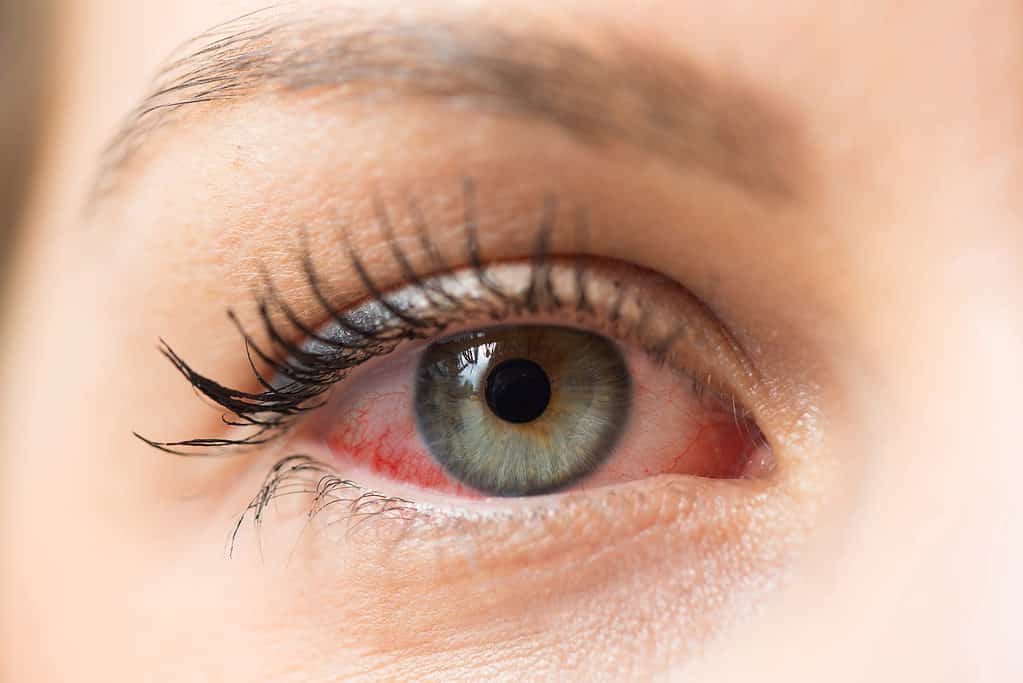
©sruilk/Shutterstock.com
Allergies in Fort Worth: Tips for Managing Symptoms
Some of the best ways to reduce the frequency and severity of plant allergy symptoms are to avoid contact with plant pollens as much as possible. You can achieve this by monitoring pollen counts and adjusting personal routines.
Reducing the length of time spent outside, as well as making sure doors and windows are closed, during peak pollen hours will help by mitigating direct exposure to airborne allergens. Because modern climate control methods rely on the movement of forced air, any pollens that manage to make their way indoors can be circulated through the home’s air ductwork. The recirculation of these allergens can be significantly reduced by frequent maintenance and replacement of your air conditioner’s intake screens and filters. Any pollens deposited on bedding and furniture can and should be kept in check by routine cleaning, and clothes should be washed frequently when worn outside the home.

©Microgen/Shutterstock.com
Tips for Treating Symptoms
When allergy symptoms are unavoidable, there are many treatment options available. If symptoms are particularly severe, then you can consult your doctor for their treatment recommendations. Common treatments your doctor may suggest include prescription nasal sprays, OTC antihistamines and allergy relief medications, as well as various immunotherapies in more severe cases.
Additionally, there are at-home and herbal remedies that you may want to consider. Studies support the use of nasal saline rinses to alleviate symptoms. There also appears to be promise in the use of herbal supplements such as extracts of stinging nettle (Urtica dioica) and butterbur (Petasites hybridus) for symptom reduction. Always remember, however, to consult a qualified medical professional before pursuing the use of herbal remedies.
Click here to learn about all of the allergy seasons across the United States!
Up Next:
No Byline Policy
Editorial Guidelines
Corrections Policy
Source